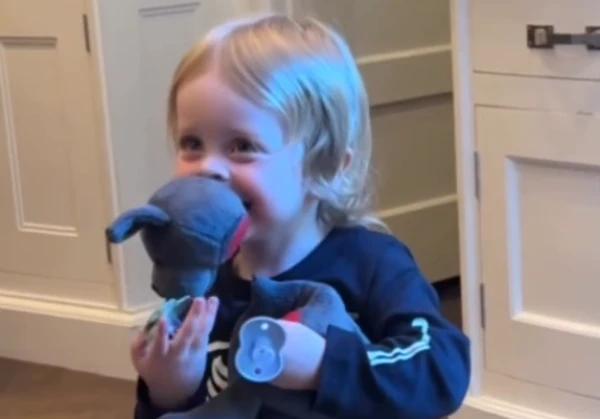
Paris prosecutor Lore Beko stated that the people who stole jewels of French monarchs from the Louvre in October were petty criminals living in a poor suburb of the French capital.
"This is certainly not quite a petty, everyday criminal environment. But it is a type that we generally do not associate with the upper echelons of organized crime," said Beko in an interview with Franceinfo radio station.
She added that the four arrested and charged in connection with the robbery — three men and a woman — are "obviously locals," people who "all more or less live in the Saint-Denis area" (a poor suburb of Paris located north of the capital).
According to Beko, two of the four arrested men have numerous convictions for theft.
On Saturday, charges in connection with the Louvre heist were brought against two suspects: a 38-year-old woman from the town of Cournon (located near Saint-Denis) and a 37-year-old man. Beko reported that these individuals are in a relationship and have children, but did not provide further details.
The woman and man, whose names have not been disclosed, deny involvement in the crime.
Prior to this, authorities also arrested two other suspects: a 34-year-old Algerian citizen living in France (his identity was established through DNA traces on the scooter used for the escape), as well as a 39-year-old taxi driver from a suburb of Paris. These individuals "partially admitted" their involvement in the Louvre robbery, law enforcement reported.
The investigation suggests that the heist at the world’s most popular museum was carried out by four people, one of whom is still at large.
This week, authorities also detained three more individuals who were being checked for involvement in the robbery, but they were released without charges.
How the Robbery Unfolded
On Sunday, October 19, the group of suspects arrived at the Louvre at 09:30 local time (07:30 GMT), shortly after the museum opened to visitors.
Using a stolen truck with a mechanical ladder and a platform, they ascended to the Louvre balcony overlooking the Seine River. With the help of disc cutters, the robbers cut through a window, entered the Apollo Gallery, and then opened safes containing jewelry.
According to the prosecution, the criminals were in the Louvre building for four minutes. At 09:38, they fled on two scooters parked outside the building and then switched to cars.
They managed to carry away priceless historical artifacts worth about 88 million euros (over 100 million dollars).
The French Ministry of Culture reported that among the stolen items were:
- two brooches, a corsage bow, and a tiara belonging to Empress Eugenie, wife of Napoleon III;
- an emerald necklace and an earring from the collection of Marie-Louise, wife of Napoleon I;
- a necklace, a pair of earrings, and a tiara that belonged to Maria Amalia, wife of King Louis-Philippe I, and Hortense de Beauharnais, mother of Napoleon III.
All these items are adorned with thousands of diamonds and other precious stones.
Silver necklace with blue emeralds and diamondsPhoto credit,Louvre Museum Caption,Among the stolen items is a necklace, a pair of earrings, and a tiara that belonged to Maria Amalia, wife of King Louis-Philippe I, and Hortense de Beauharnais, mother of Napoleon III.
At least one more stolen relic, the crown of Empress Eugenie, was found near the crime scene. Apparently, the thieves dropped or lost it during their escape.
Prosecutors fear that the valuables have already been smuggled abroad, making it very difficult to find them. However, Beko stated that selling the stolen items is currently impossible, noting that it is not too late to return them.
She also appealed to those in possession of the valuables, stating that in the case of their voluntary return, "the courts will obviously take into account the fact that the theft did not result in any losses."
After the Louvre robbery, French authorities increased security measures at all museums across the country.













Leave a comment